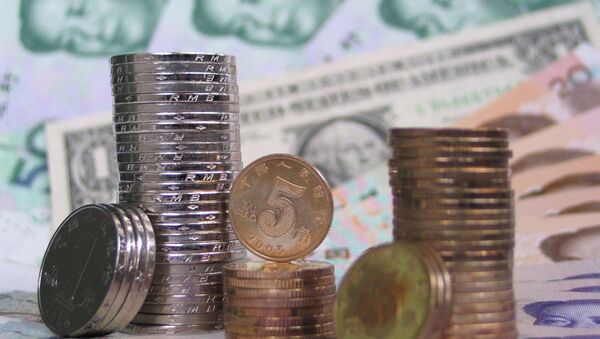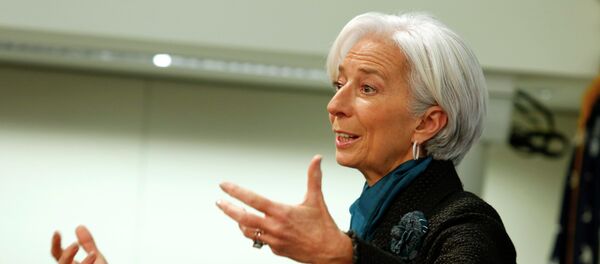Andre Alessandro — The move comes after the United States failed to pressure several of its key allies, most notably the United Kingdom, France, and Germany, to boycott the institution.
The AIIB is a threat to the US for several reasons.
First, it will allow the Chinese to find a better investment environment for almost $3 trillion in US Treasuries which are only yielding just over 0% to 2% a year. By reallocating them into Asian infrastructure projects, they will be able to increase the GDP and purchasing power of its nearest neighbors, creating a larger demand for Chinese export goods and Yuan.
The second reason why the AIIB poses a threat to the US is due to the fact that by enacting its own development bank instead of increasing participation in existing institutions, China is hoping to increase its influence in the region without the other G7 nations, such as Japan and the US, who make the final decision on what projects are funded.
Third and most importantly, the AIIB will reduce dollar dependence in Asia and allow China to sidestep existing treaties and trade barriers set forth by the US and the institutions it dominates. The AIIB is a perfect representation of the decline of US power in the region and the slow emergence of China as a soon to be dominant power.
This is why from its initial announcement, the Obama administration called on its allies and partners to refuse to support the institution. While the White House publicly said they felt it would not meet a sufficient level of standards to prevent excessive debt buildup, human rights abuses and environmental destruction, the real reason was to try and stem the creation of a rival institution not under US control. By defecting from Obama's mandate, the major countries who signed on as founders of the institution greatly embarrassed the US. Now, the new approach taken by the Obama administration is a small measure to retain credibility.
By trying to join forces with the AIIB now, the Obama administration hopes to maintain some level of power and control. Whether China will choose to work with the US, the IMF, and the World Bank is yet undecided. Zhu Haiquan, spokesman at the Chinese embassy in Washington, said the bank “is built in the spirit of openness and inclusiveness and will follow high standards.” He also said, “It will effectively cooperate with and complement the existing multilateral development banks such as the World Bank and the Asian Development Bank to provide investment and financing for the infrastructure building in Asia.”
Demand for infrastructure in Asia in the next decades is expected to approach $8 trillion. New roads, train lines, ports, airports, electricity grids and other projects are necessary to keep the billions of people in Asia fed, provided with clean water and ensure they receive exported Chinese goods.
At its start, the AIIB will be funded with just $50 billion. A large sum, however the ADB is currently funded with $160 billion dollars and the World Bank has nearly a half billion. The number does represent a growing divide though between Western and Chinese interests, which will only grow with time as China expands and exerts more influence over the region.







